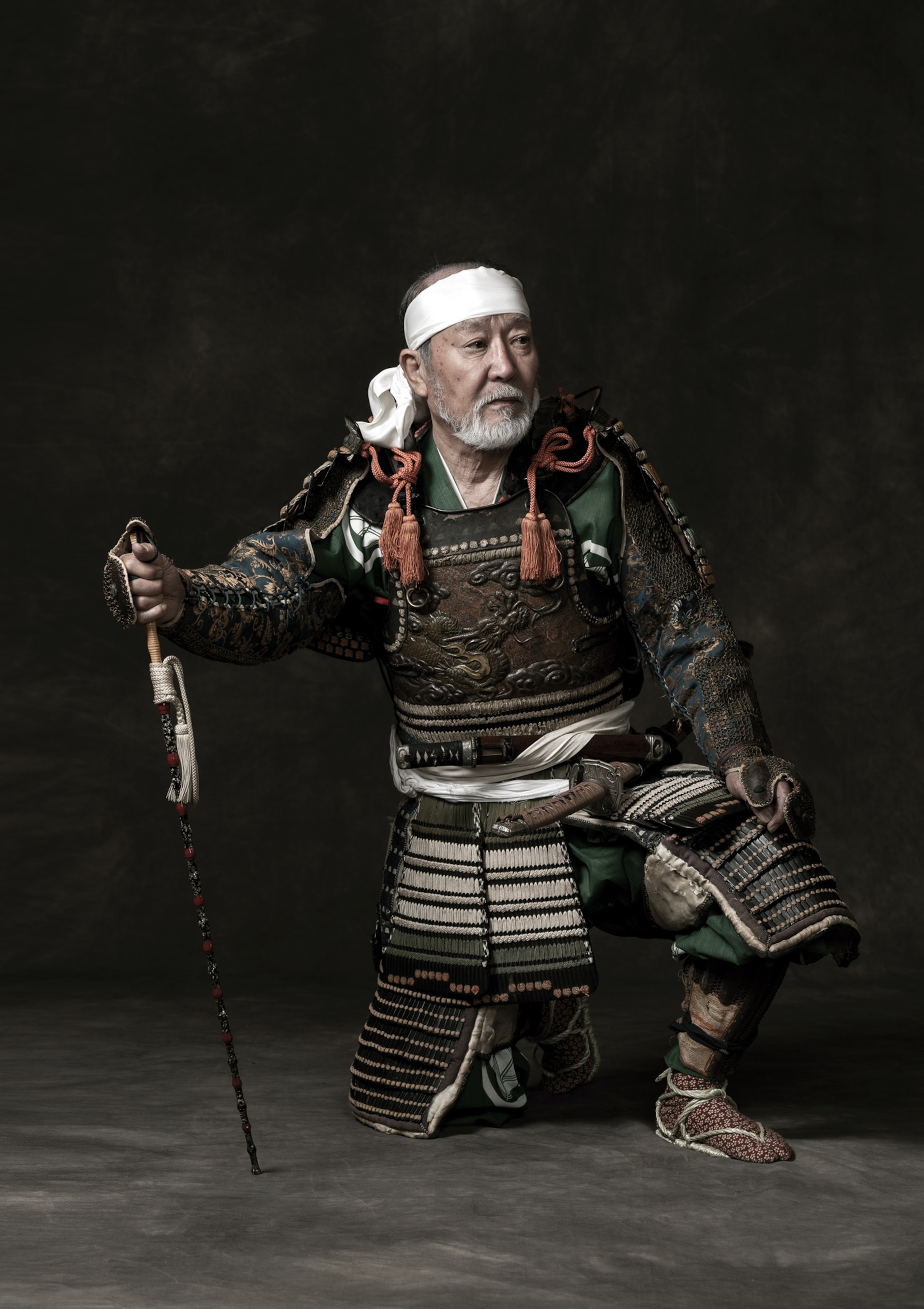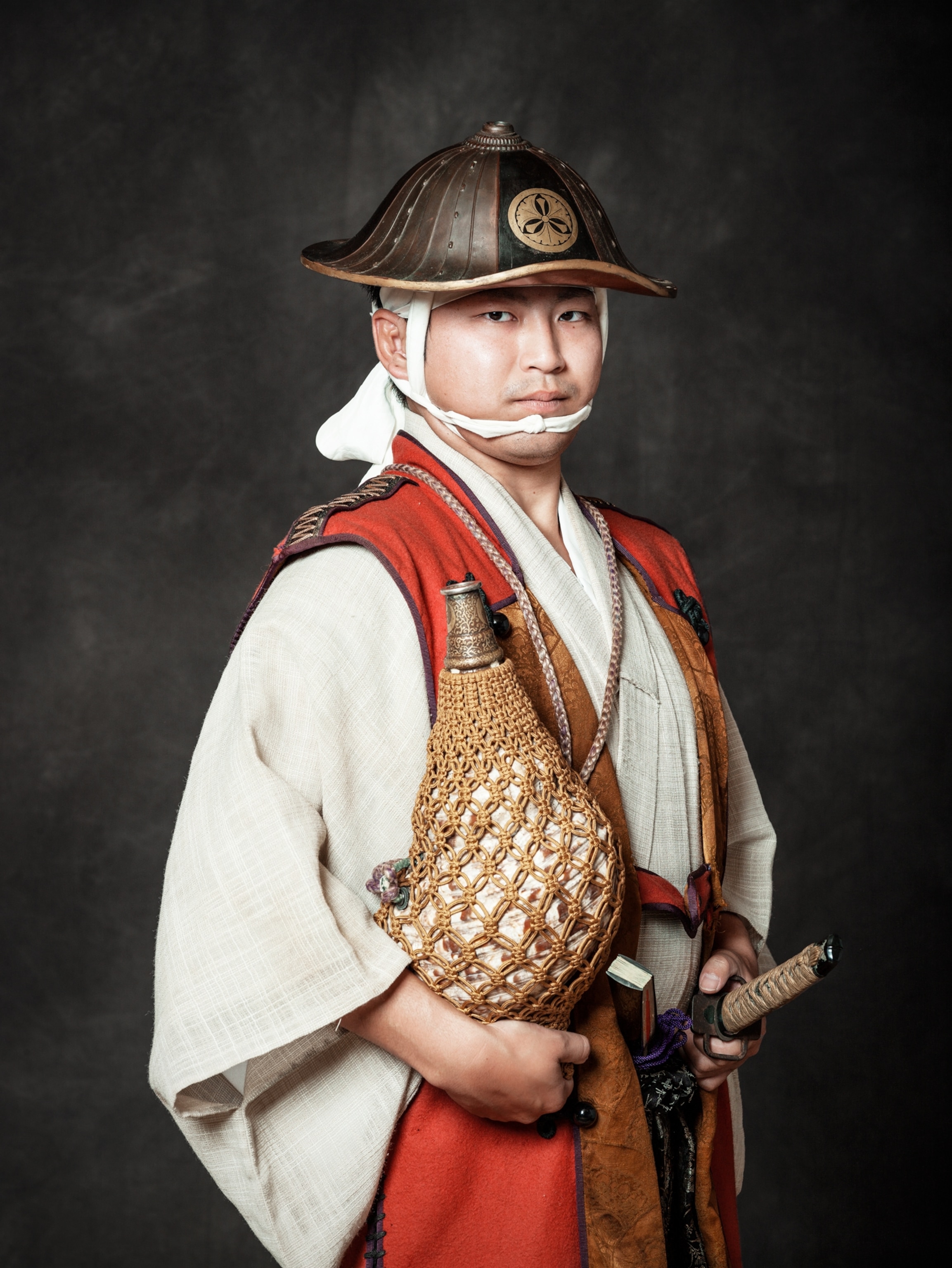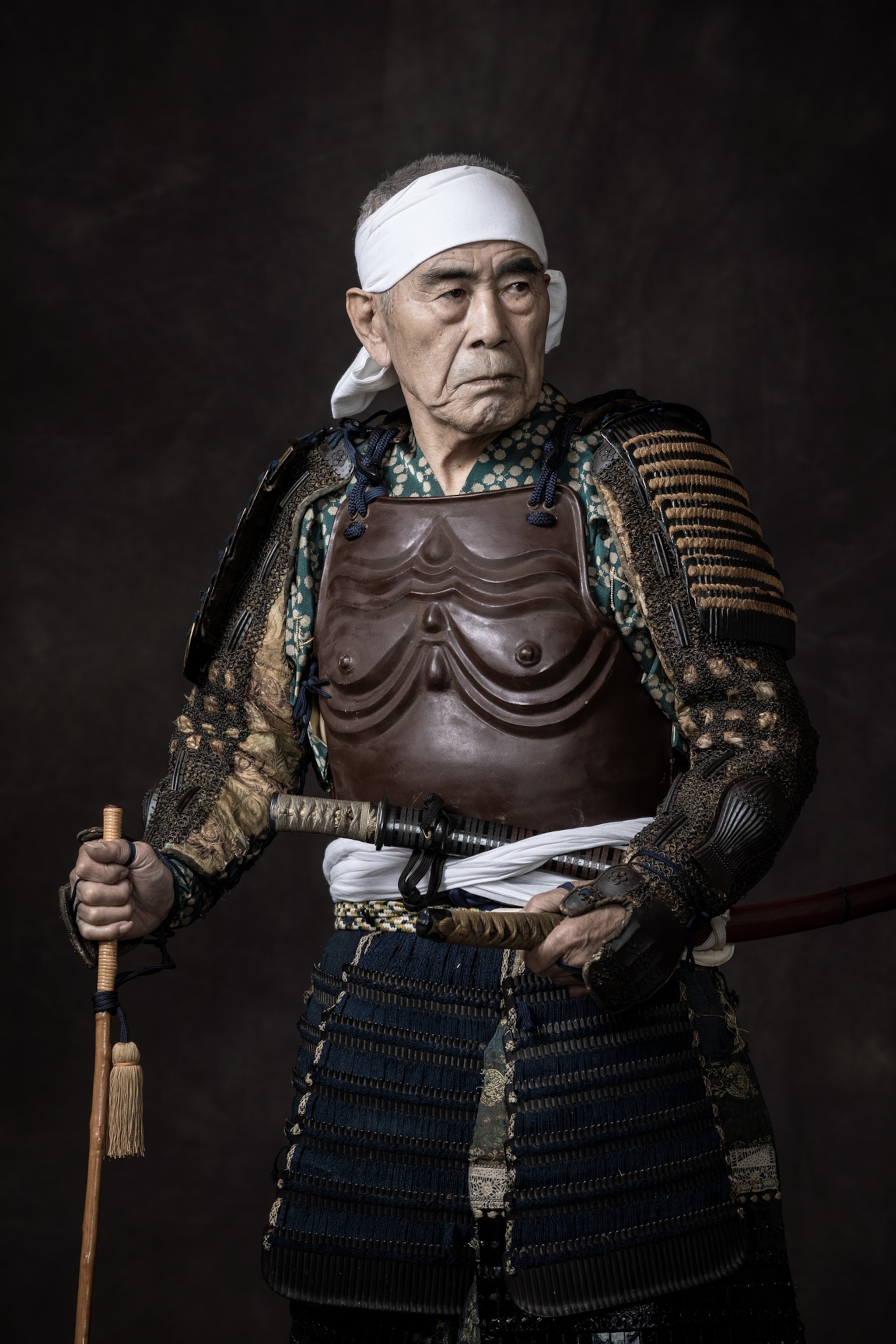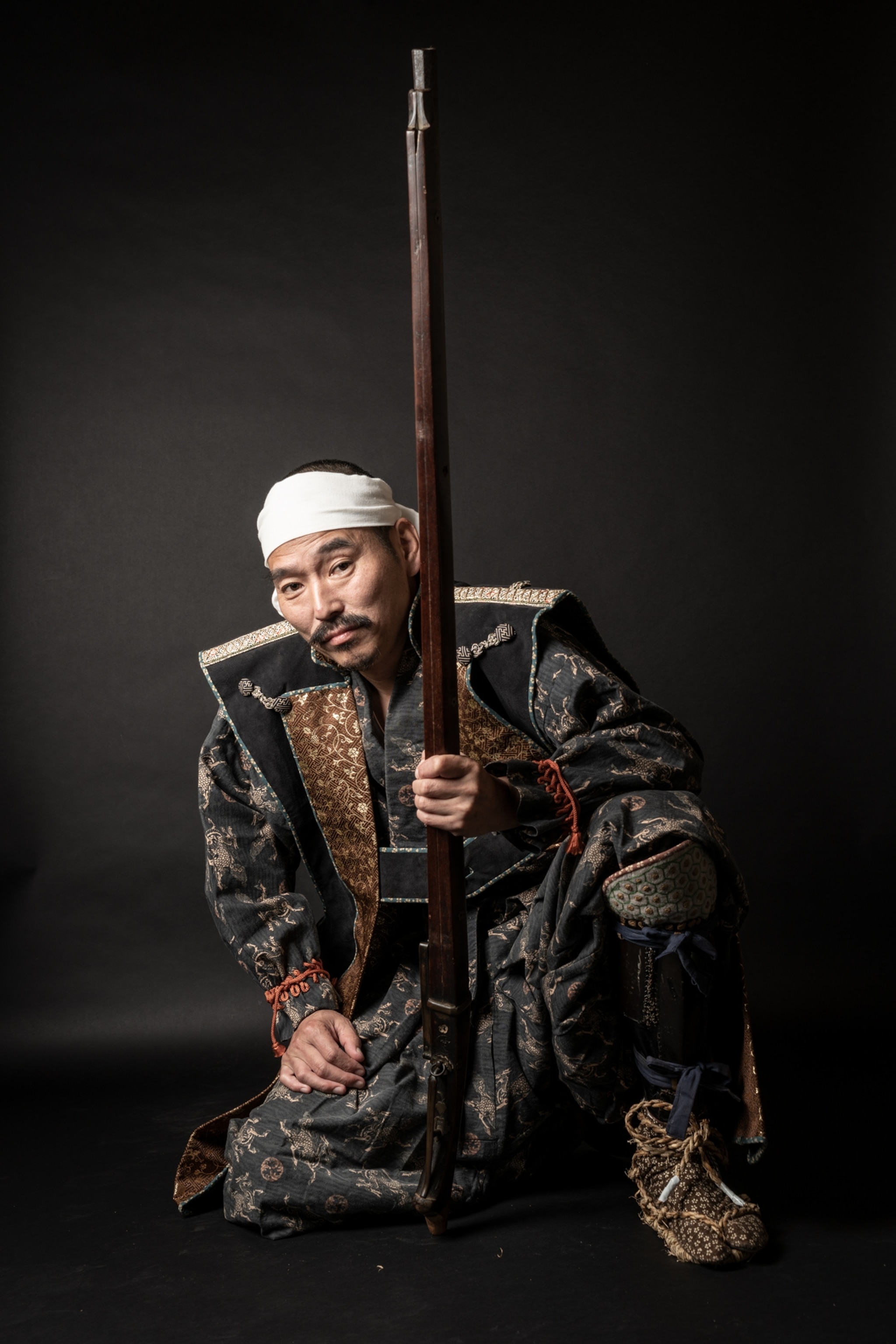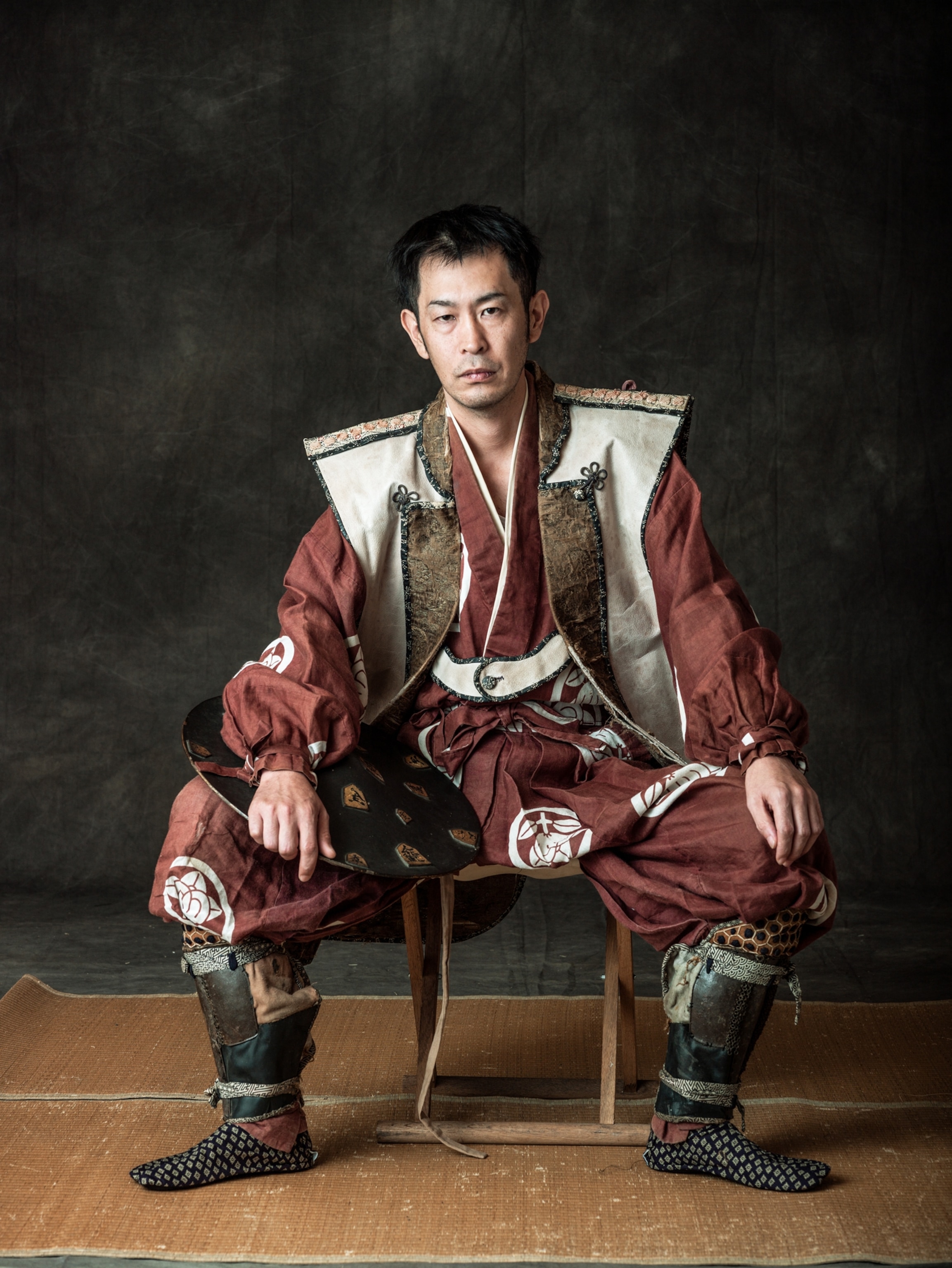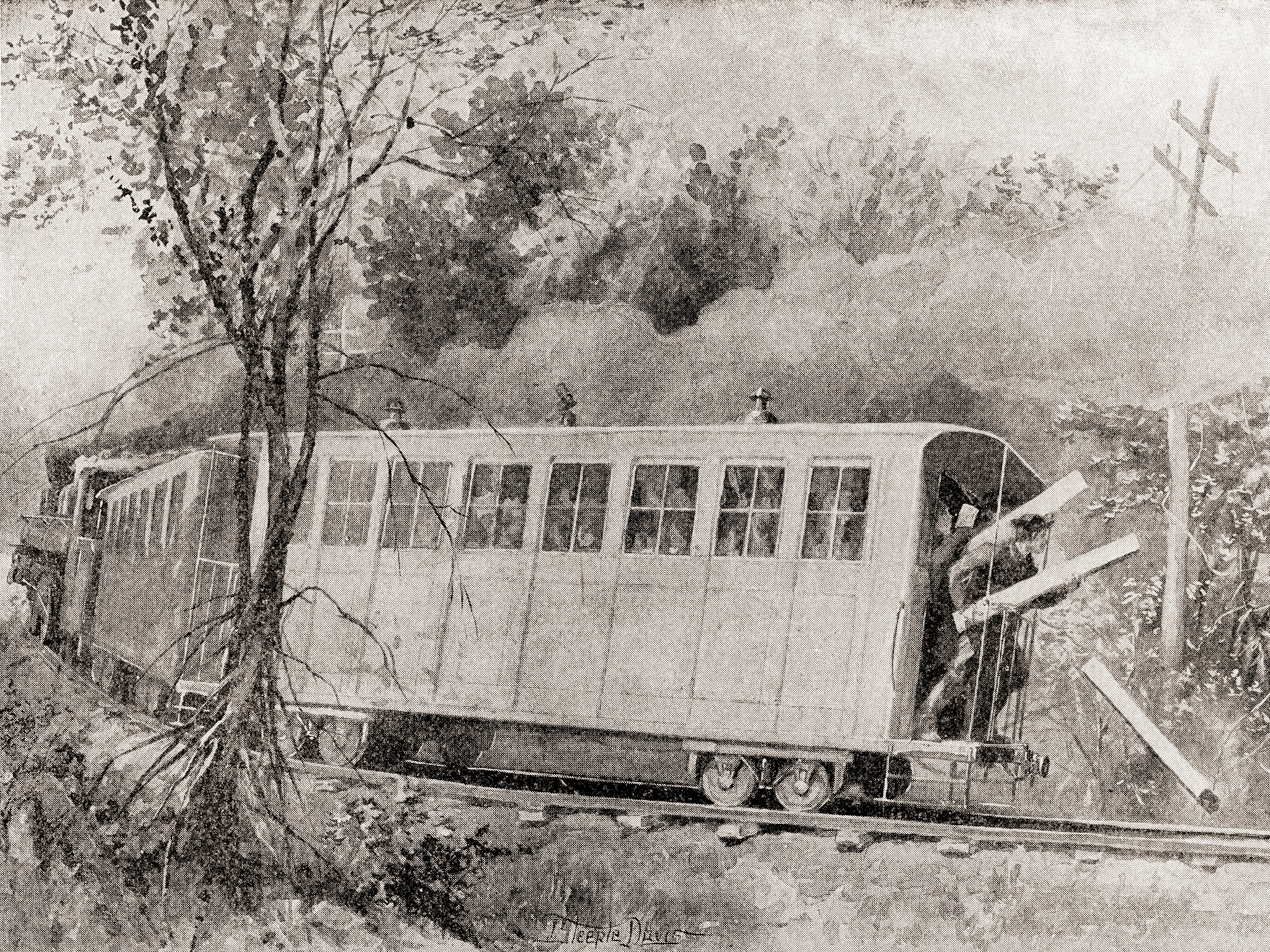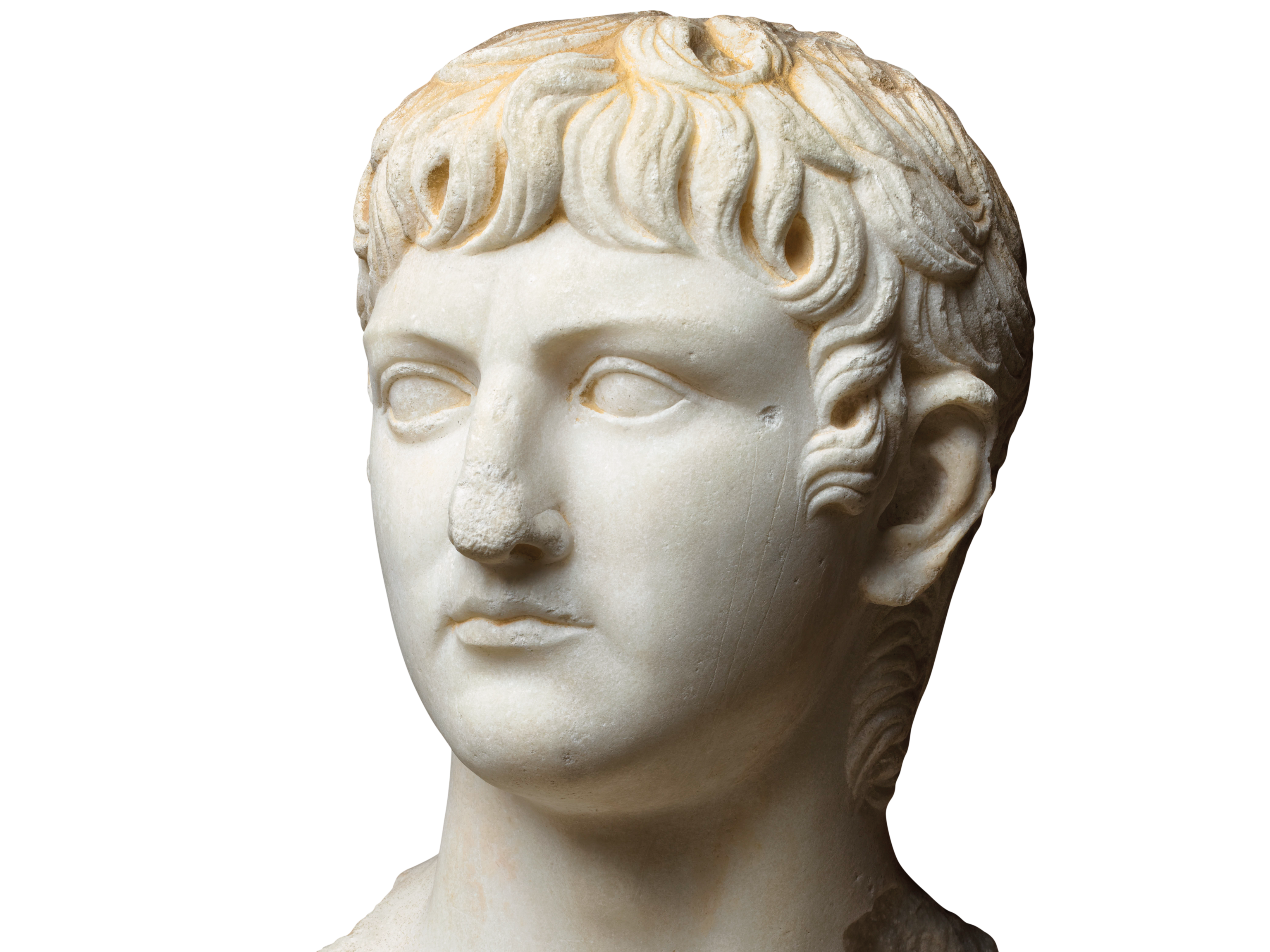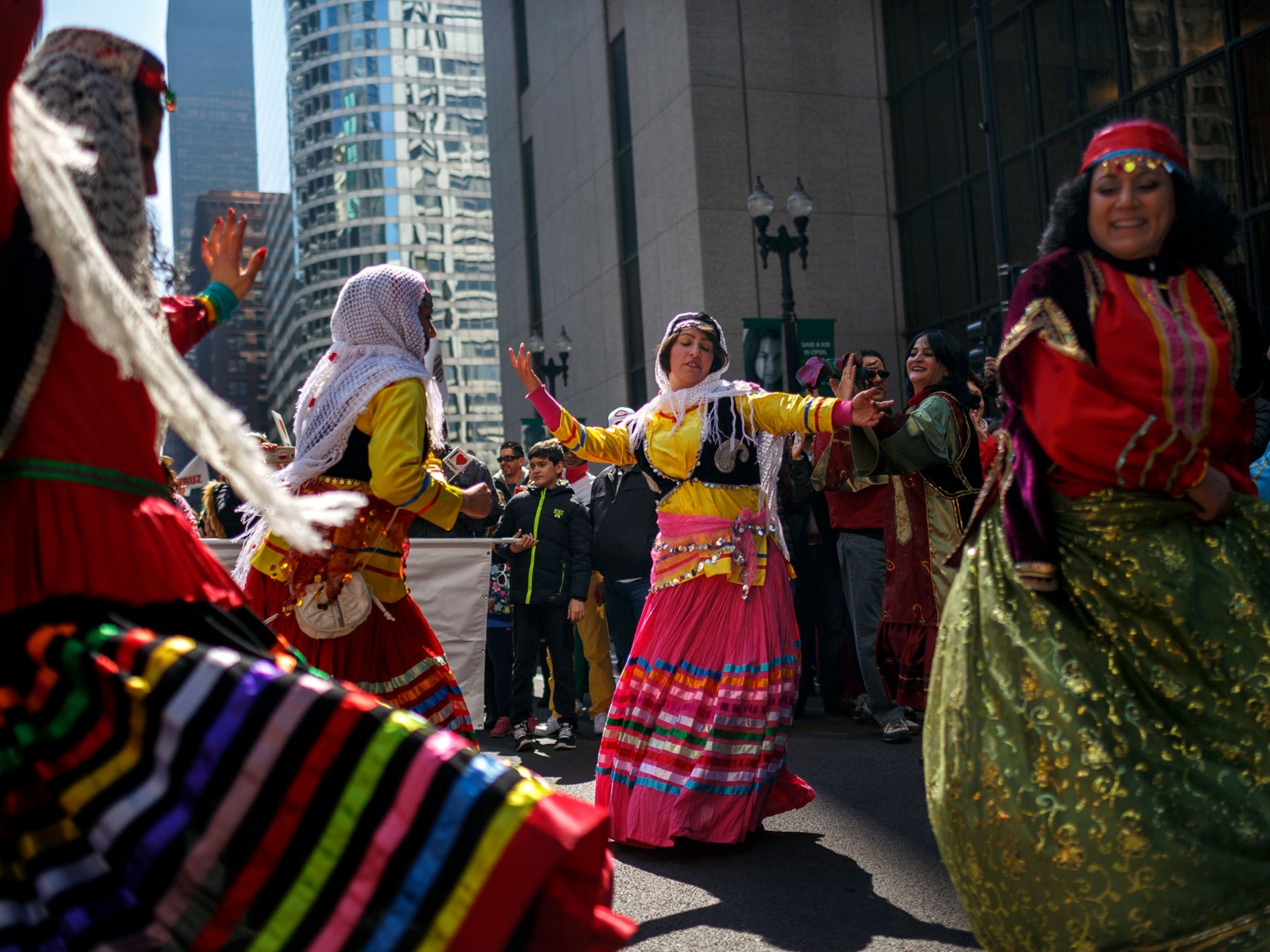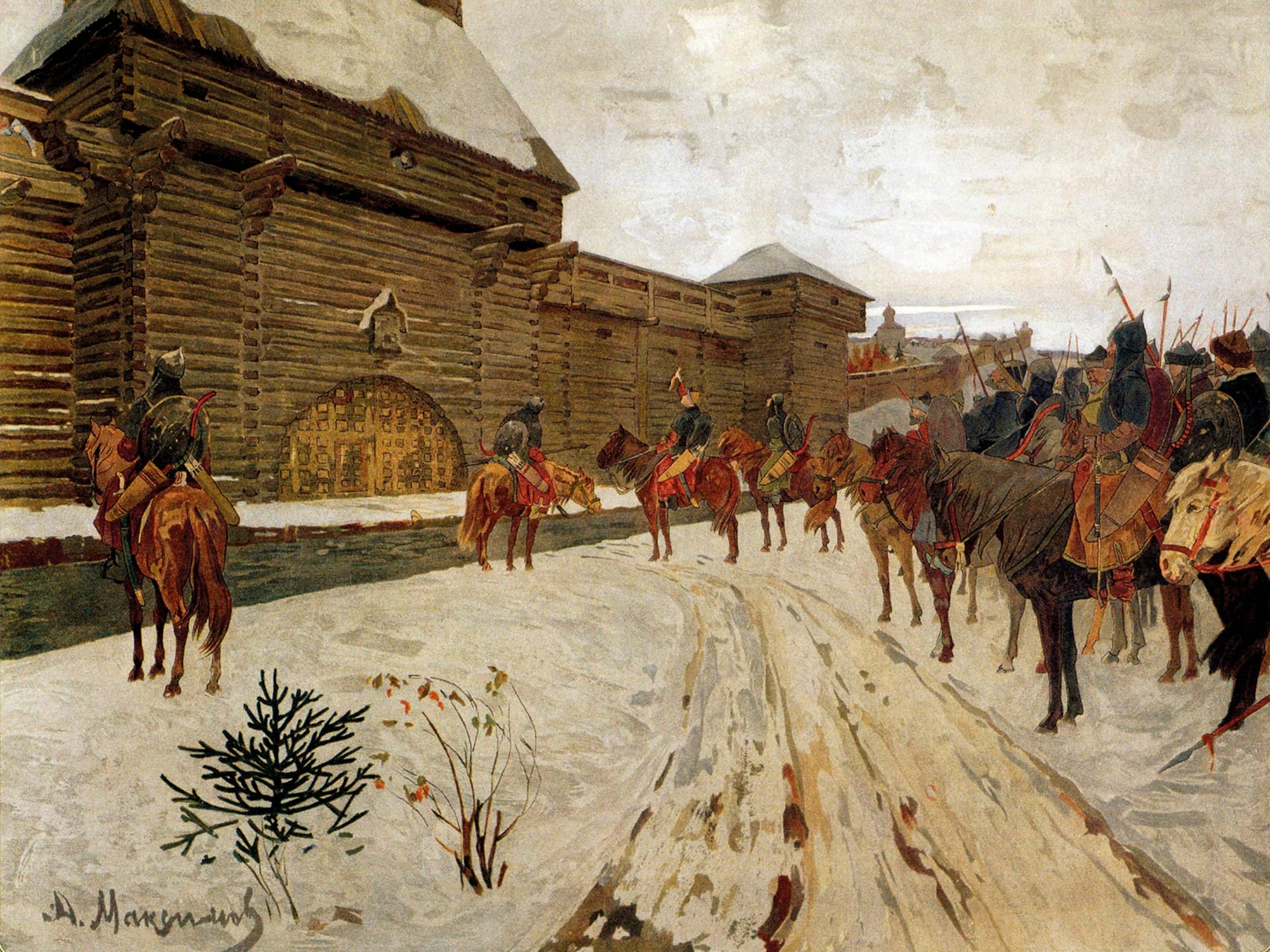After years of making images outside of Japan, Ryotaro Horiuchi turned the camera toward his home country. As he questioned what constitutes Japanese identity—and his own identity as a Japanese person—he began looking into matsuri, the communal celebrations held in every region of Japan since ancient times.
When Horiuchi attended Fukushima Prefecture’s Soma Nomaoi Festival, where samurai descendants and devotees dress in armor and compete on horseback each July, he was “overwhelmed and moved by the power and human aspect,” he says.
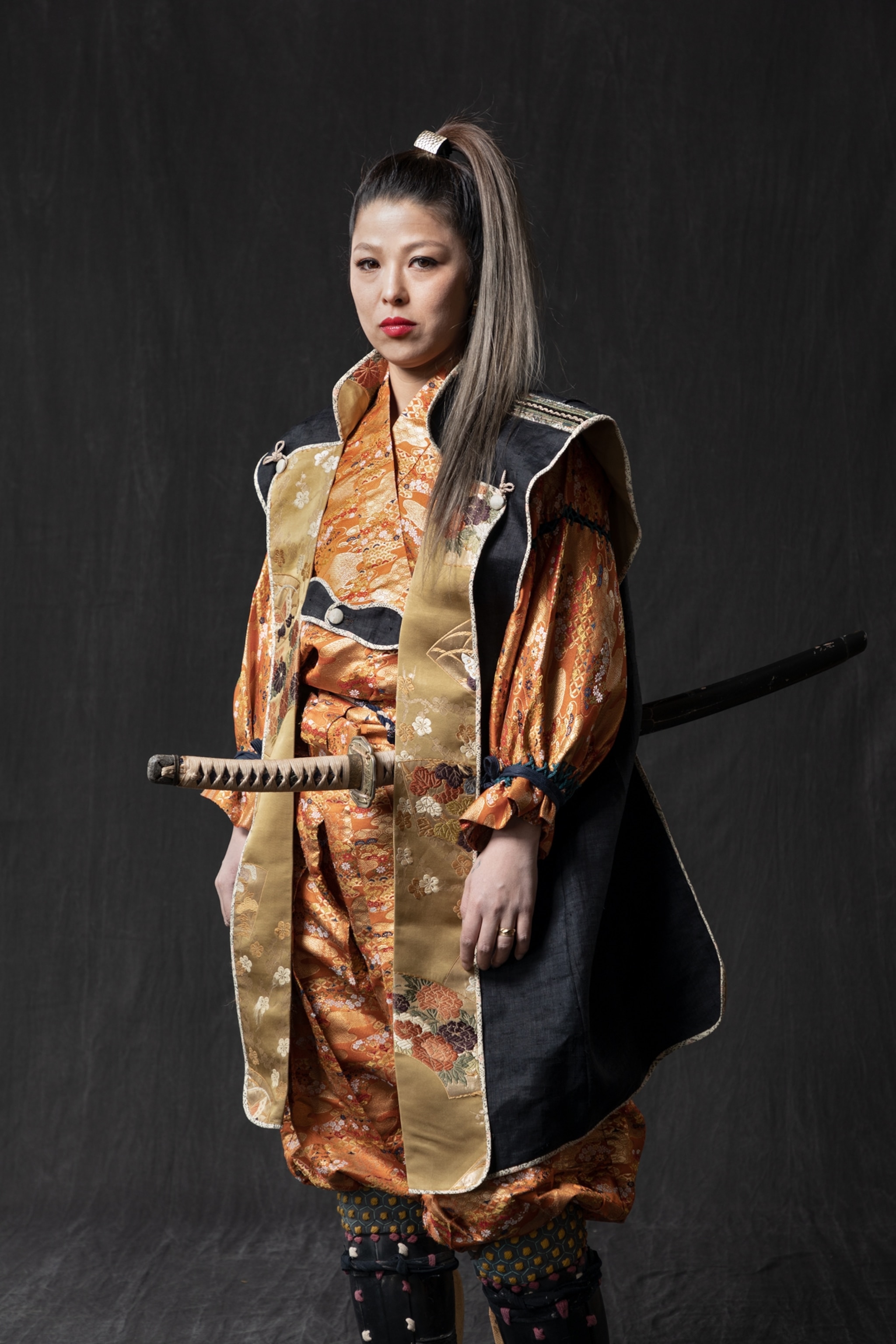

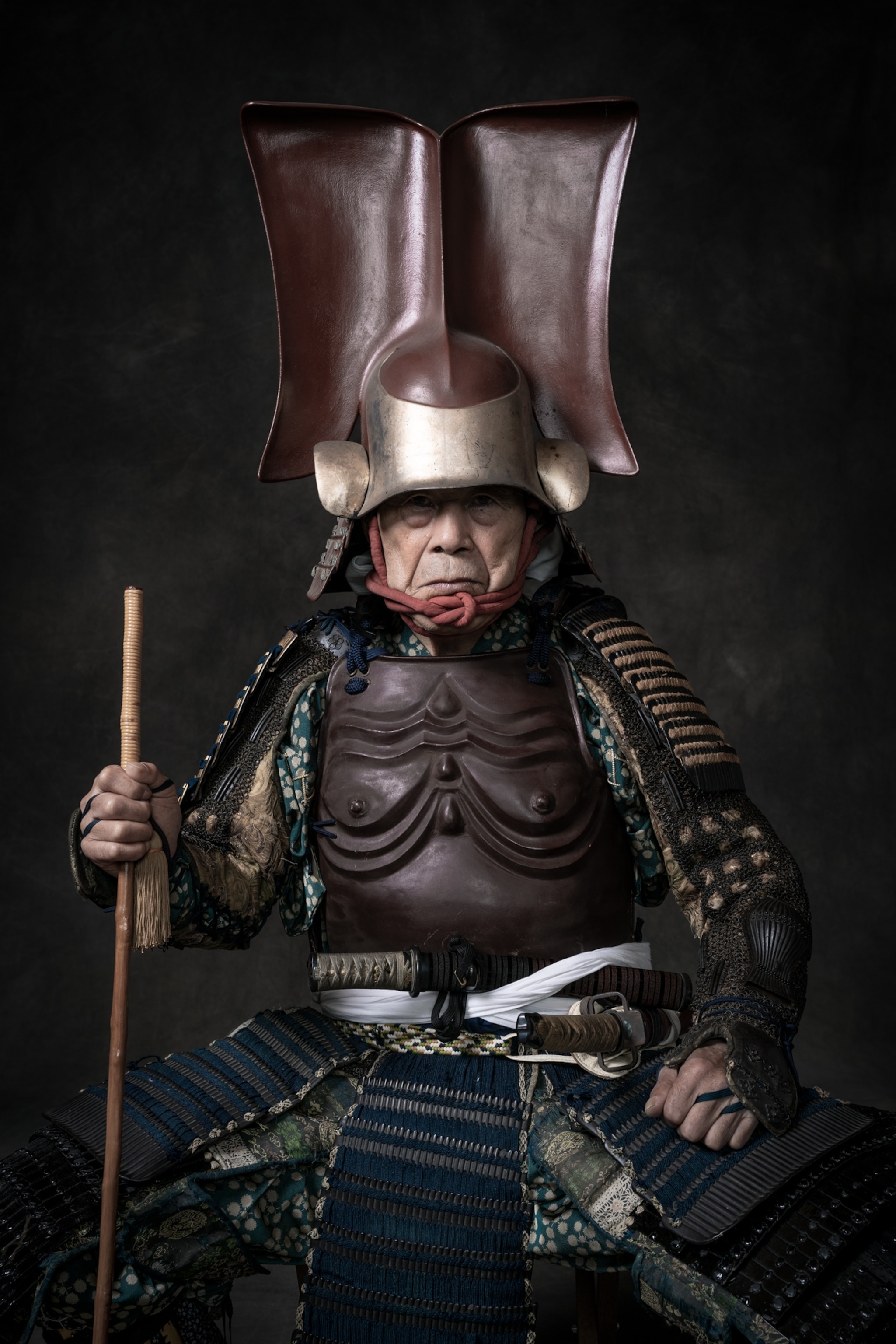
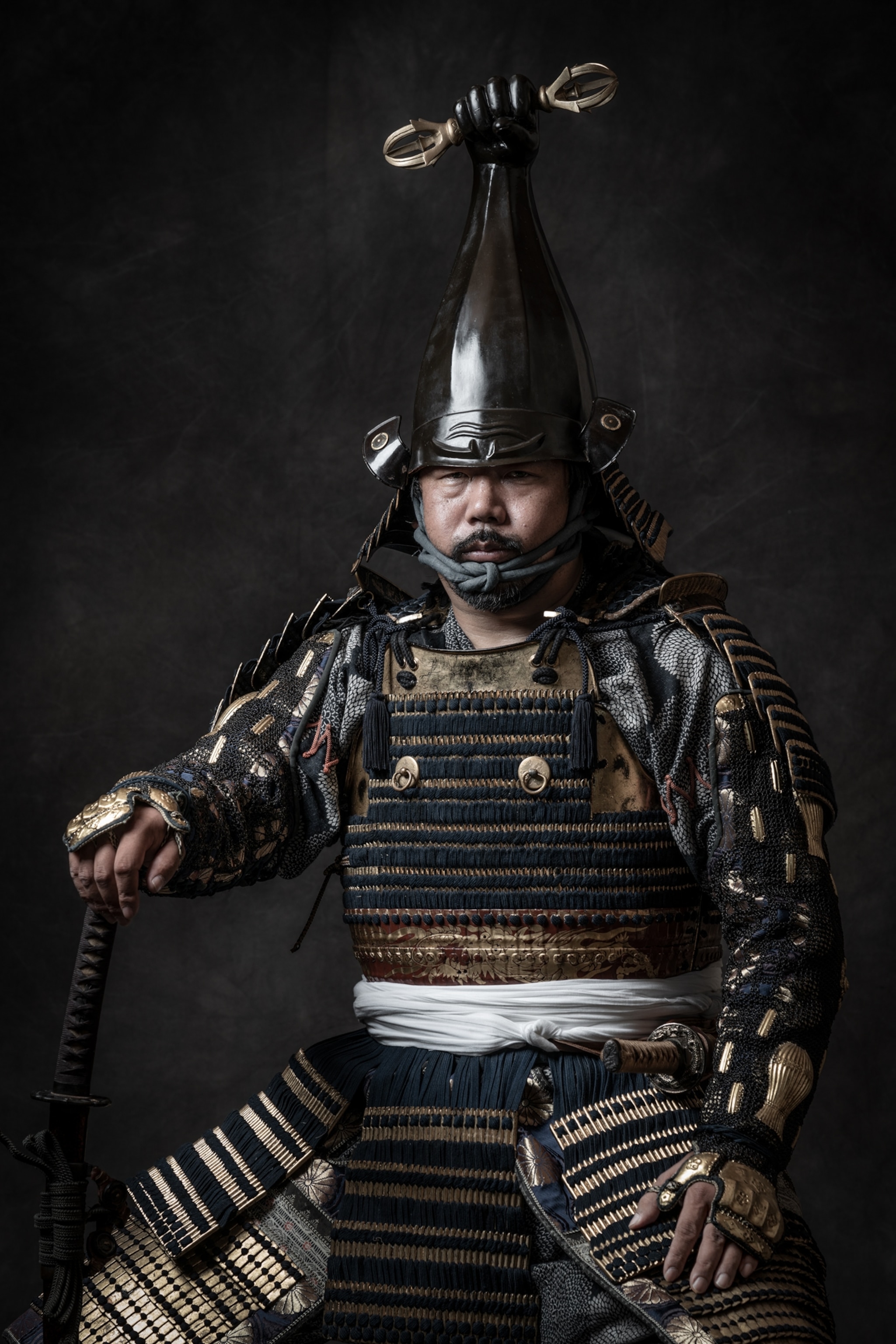
The festival has been held for more than a thousand years; its origins lie in the military training of the lord of Soma’s samurai, who dedicated their lives to protecting his. Today’s participants take inspiration from the discipline, honor, and loyalty practiced by the samurai—values that have helped them persevere through life’s adversities, including the devastating earthquake and tsunami that hit the Soma area of Fukushima in 2011 and caused a nuclear disaster.
Hearing stories of these modern-day festivalgoers and seeing the strength of their conviction, Horiuchi knew that his next project would be an attempt to “capture their personalities and their identity as a samurai.”
The past shapes the present for samurai admirers. Throughout the history of the festival, attendees have adapted to the evolving times without relinquishing their connection to the samurai. And through these portraits, Horiuchi has found his own sense of self—one that shifts with changes in time and place but preserves the spirit of tradition.

Gail Tsukiyama is a best-selling author whose novels include The Samurai’s Garden, Women of the Silk, and The Color of Air.
This story appears in the March 2022 issue of National Geographic magazine.
